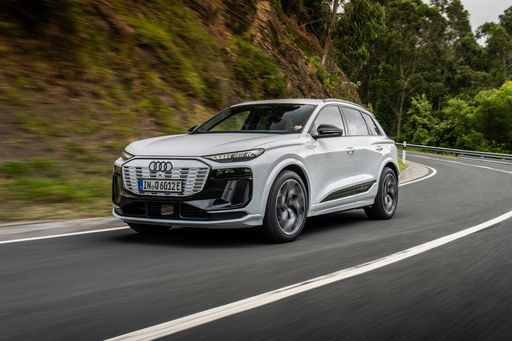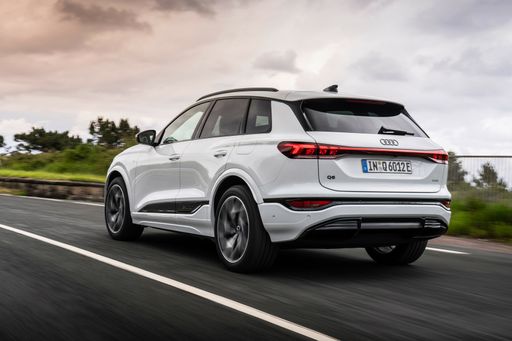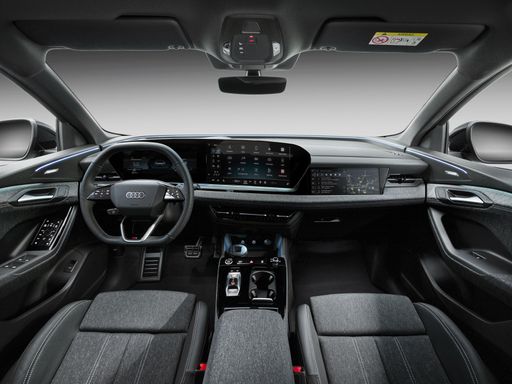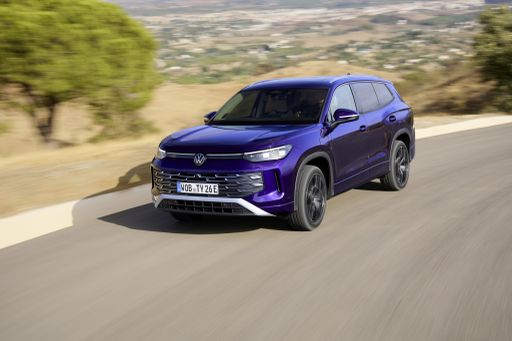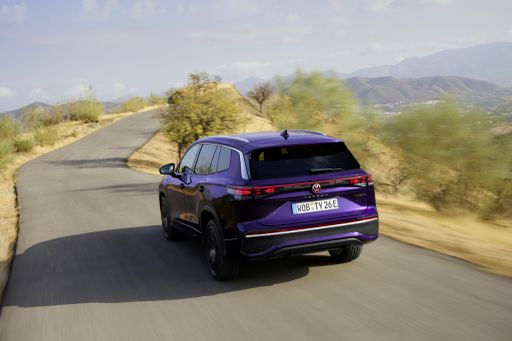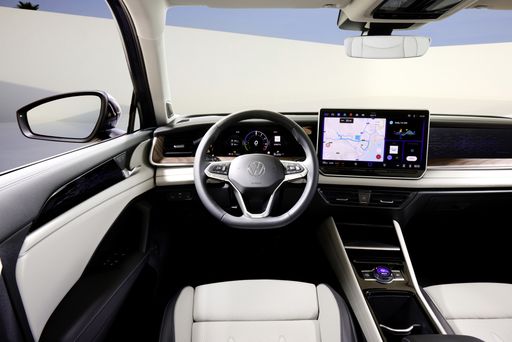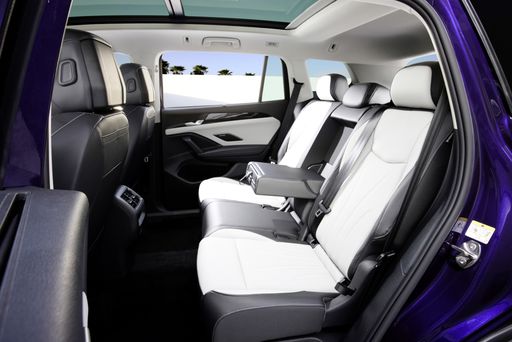Innovative Showdown: Audi Q6 e-tron vs VW Tayron
In the rapidly evolving automotive landscape, electric and hybrid vehicles are taking center stage, and two contenders leading the charge are the Audi Q6 e-tron and VW Tayron. Both vehicles fall into the SUV category but cater to different audiences and preferences. While the Q6 e-tron embraces a fully electric drivetrain, the Tayron offers a variety of powertrain options, including petrol, hybrid, and diesel, making this comparison all the more intriguing.

